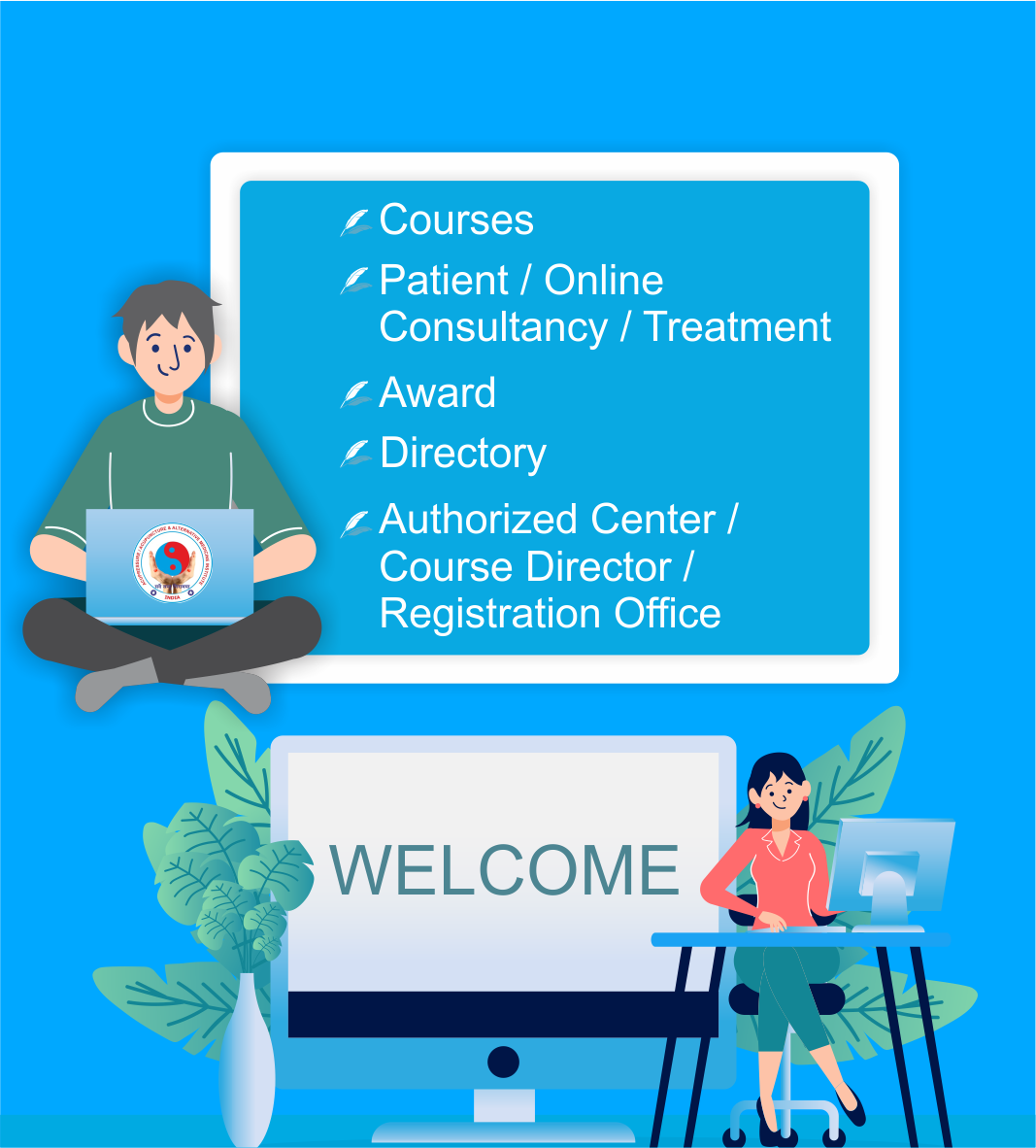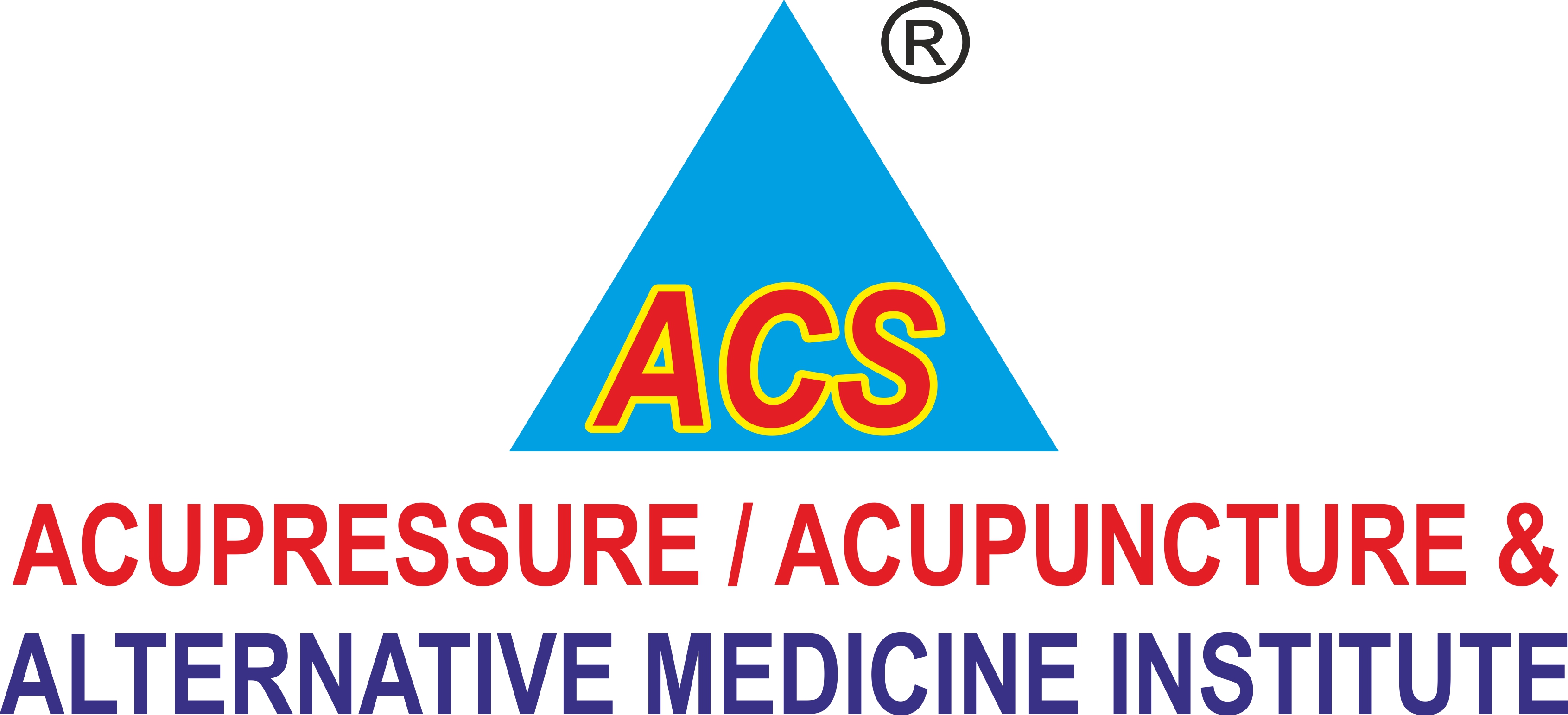
For All University Courses :- Click Here
University Courses Application Form :- Click Here
ACUPRESSURE / ACUPUNCTURE & ALTERNATIVE MEDICINE INSTITUTE
A-65, DC, Kamla Nehru Nagar,
Near Pratap Nagar pvt. Bus Stand,
JODHPUR - 342008 Rajasthan (India)



